|
3月18日下午,由中华人民共和国文化部联合国家宗教事务局、北京市人民政府、江西省人民政府、甘肃省人民政府以及中华人民共和国驻沙特阿拉伯王国大使馆共同主办,北京龙世嘉蓝国际传播机构承办的“璀璨中华”——2013年沙特“杰纳第利亚遗产文化节”中国主宾国活动,在北京首都博物馆举行了隆重的新闻发布会暨启动仪式。文化部及各联合主办方领导、沙特驻华大使、参展机构与传承人代表及媒体记者等出席了发布会。
2013年沙特“杰纳第利亚遗产文化节”中国主宾国活动将于4月3日~4月19日在沙特阿拉伯王国首都利雅得举办,为期17天。届时沙特民众将通过参观中国主宾国馆、现场体验中华传统与现代文化、与技艺大师交流互动、观看“中国风”室外舞台表演等形式,近距离接触领略中国文化精髓,见证中沙人民源远流长的深厚友谊。
据了解,此次主宾国活动拥有近200人的赴沙参展团,15个参展机构,30余项技艺展示,600余件展品展出,其中包括入选世界及国家非遗名录的中国“四绣三锦”中的云锦、苏绣、湘绣、羌绣,北京市非遗项目“古琴传统制作技艺”传承人王鹏、有600年历史的清真饮食文化代表“厨子舍”第21代传承人舍增泰,中华老字号同仁堂、吴裕泰,以及景德镇瓷器、首都博物馆、甘肃博物馆、中国伊斯兰教协会提供展出的工艺精品等,力图通过精致创新的展示形式,如极具视觉震撼的影像中国、意境悠远的中华五道、绚丽唯美的华服展示、近距离接触的互动体验等,让中国文化得到最立体最饱满的呈现。此外,在17个参观日里还将设置5个不同的文化主题日,详解这些独具魅力而又独一无二的中国文化。
此次由钧天坊王鹏老师带队的参展团,将以“中华五道”——琴、书、茶、花、香的综合形式为我们展现中国当代文人生活场景,将中华璀璨的文化有机而立体地呈现出来,为我们带来文化传承的新思路和灵感,并将深厚的中华文明与更多人分享!
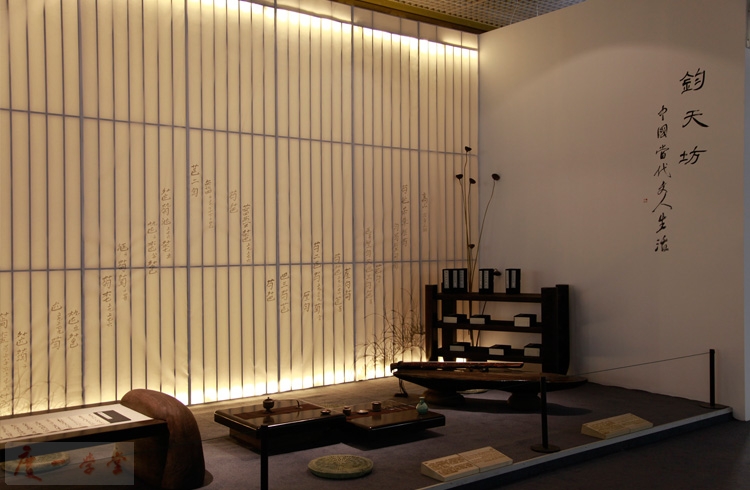
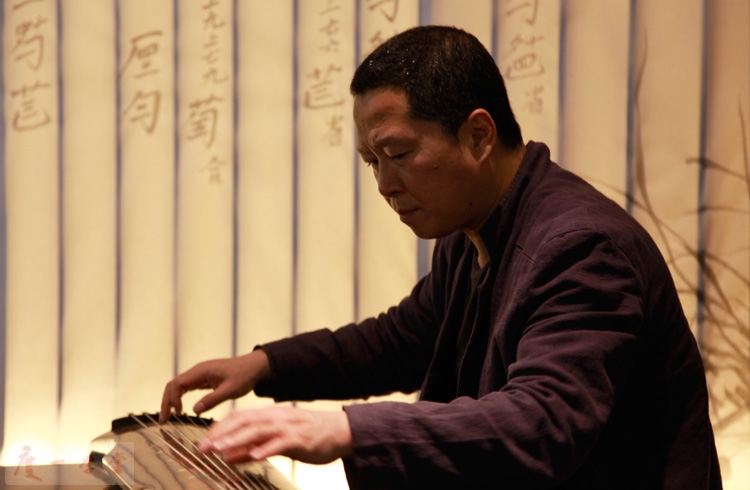
【琴道】
“琴”是中国历史最为悠久的古乐器之一,至今已经有三千多年的历史,古琴在几千年的传承与发展中,不仅创造并完善了独特的琴器、琴曲、琴谱等,更因其深沉高雅的音色品质与丰富的艺术表现力,成为中华民族精神及传统音乐文化的代表,故历来有“琴道”或“琴学”之称。
琴所蕴涵的文化意义在这里已经超越了乐器本身,不仅能够正心、修身,而且具有齐家、治国、平天下的社会功能,这些都需要琴的中正之音。琴在不觉中已经成为人们日常生活方式的行为准则,“琴文化”也自然成为最具中华民族文化精神的代表。
The Way of Guqin
Guqin is one of the oldest Chinese musical instruments with a history of over three thousand years. Through this ancient inheritance and development, unique instruments, music compositions and scores have been created and developed over time. With its deep and elegant tone quality and nuanced artistic expressive force, Guqin has become a symbol of Chinese national spirit and traditional musical culture, hence the term “The Principle of Guqin” or “The Studies of Guqin.”
During the long process of development from “Guqin instrument” to “Guqin art” and then to more formalized “Guqin Studies,” Guqin has become an integral part of mainstream Chinese culture. The series of “Guqin (Zither), Qi (Chess), Shu (Calligraphy), Hua (Painting), Shi (Poetry), Xiang (Incense), Cha (Tea) and Hua (Flower Arrangement)” has been widely recognized by every generation as the best representation of traditional Chinese culture. Chinese scholars’ emphasis on these cultural elements in fact reflects the delights, attitudes and life styles they pursued. Guqin always leads this list due to its profound culture history and connotations.
Guqin’s cultural significance goes beyond the instrument itself: Guqin, with its pure timbre, is not only helpful in purifying one’s heart and cultivating one’s moral character, but also has such social functions as family regulation, state ruling and universal harmony. Guqin has become a code of conduct in people’s daily lives, and has naturally become the best symbol for Chinese national cultural spirit. No wonder Guqin playing has developed from being mere skills to an actual spiritual practice.
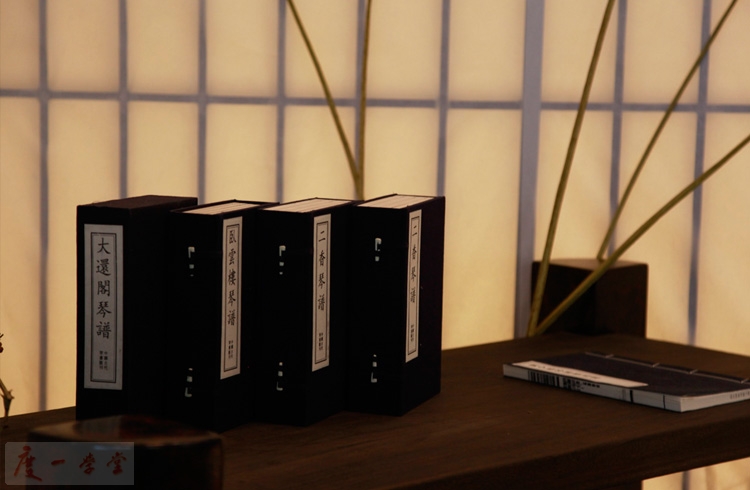

【书道】
中国的“书法”一词涵义极深,真正的书法是以汉字为基础,用毛笔书写的,其间包含着作者抒情、写意,在不同形式中融入有个性审美意念的一种强调主体精神的艺术。它反映人为主体的精神、气质、学识与修养。它的基点是审美而不是实用;它的表现形态是包含着情、境、意、趣等丰富内容的凝炼抽象形式,而不是整齐、均匀、划一等具有实用工艺美的模式。
而中国画则以书法为基础,同样用最简单的线条结构来表示宇宙万物的变化节奏,以达到“气韵生动”的境界。在他们笔下的自然形象,充满了对人的理解和关注,而人的情感又化作自然的形象得以展现。书画家的情感与人格跟客观的自然景象相互映发,交融在一起。这时的书画作品不仅构成艺术的意境,更体现了“时代的生命情调与文化精神”。
The Way of Calligraphy
Just like other traditional arts such as Guqin and Qi (Chess), calligraphy and painting in ancient times also revealed the inner world of Chinese scholars. However, they differ from other artistic forms in that calligraphy and painting express the creators’ feelings and emotions through visual elements of line and paint.
The word “calligraphy” in China carries profound meanings. Authentic calligraphy is based on Chinese characters and written with brush; it is an art that expresses the author’s emotions and thoughts and infuses personal aesthetic ideals into visible forms. Calligraphy reflects the calligraphers’ mentality, temperament, learning and self-cultivation. It is aesthetic instead of practical, and its condensed and abstract expressive form is rich in passions, scenes, meanings and interests beyond mere pragmatic technical beauty. Therefore, “calligraphy” is strictly distinct from “font” or “hand writing.”
Chinese painting is based on calligraphy and shows with simplest lines changing rhythms and cosmic vitality. Qing Dynasty painter Shi Tao once said, “Mountains and rivers let me speak on behalf of them; and the beauty of the landscape finds concrete expressions in my paintings.” Painters used the rhythm of their souls to express the laws of the cosmos in the form of painting. Images of nature created by the painters brim with understanding of and concern for humanity, and human feelings are revealed through images of nature at the same time. Emotions and personalities of the calligraphers and painters interact with natural scenes and become a harmonious whole. Calligraphic works and paintings throughout history therefore not only constitute artistic masterpieces passed down through the ages, but also give expression to cultural spirit of the historic era from which they originated.
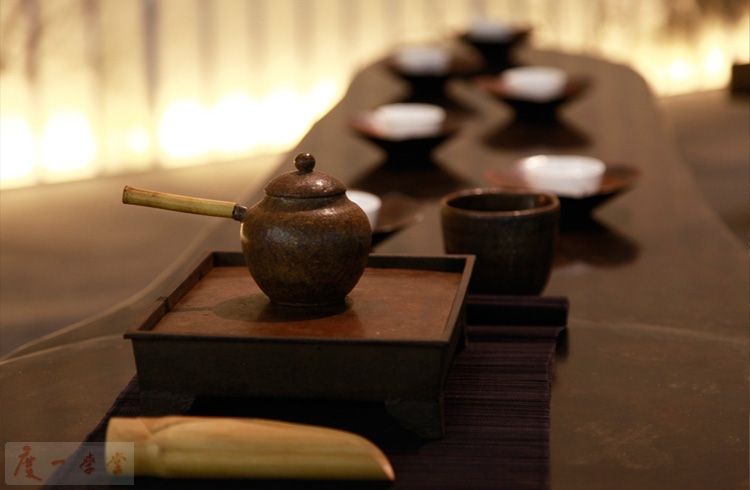
【茶道】
茶文化以茶为载体,体现中国传统思想道德、人文精神为宗旨,包括有关茶的礼仪、风俗、茶法、茶规、茶技、茶艺、历史典故、民间传说以及文学艺术、辞曲歌赋等。茶文化是一种“综合”文化,涉及到建筑、音乐、舞蹈、绘画、戏曲、服饰、饮食、医药等诸多文化领域。
茶人通过品饮而悟道,这种过程就称作“茶道”。“茶道”是茶文化的核心,是具体的茶事实践过程,同时也是茶人自我完善、自我认识的过程。“茶道”的目的不是为了饮茶止渴,也不是为了鉴别茶质的优劣,而是通过复杂的程序和仪式,追求幽静、陶冶情操,培养人的审美观和道德观念。
The Way of Tea
Tea culture reflects traditional Chinese ideology and ethics, and encompasses etiquettes, customs, historical allusions, folk legends, literary and artistic works and songs and poetry about tea along with the rules, skills and techniques of tea making. Tea culture is an “inclusive” art form, incorporating many other cultural fields such as architecture, music, dance, painting, traditional Chinese opera, dress, diet and medicine into its practice.
“The Way of Tea” is the combination of concrete tea-making activities and the process of tea lovers’ self-improvement and self-understanding. The purpose of “The Way of Tea” is neither to quench thirst nor distinguish good tea from bad tea, but to help practitioners pursue mental peace, cultivate good taste and develop aesthetic and moral standards through complex rituals and ceremonies.
Tea lovers attain enlightenment through tasting and drinking tea, and this process is called “The Way of Tea.” To put it simply, “The Way of Tea” refers to the insight and epiphany gained from tea drinking, which shows that “The Way of Tea” has far exceeded the level of theoretical perception and studies and needs further practical research and investigation
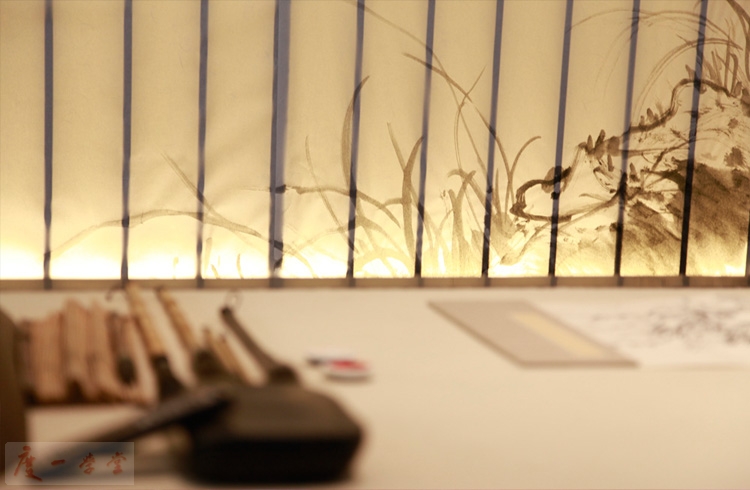
【花道】
从古到今,花鸟鱼虫是美与欢乐的象征,它们给人们的生活增添了无限的情趣,与人们的生活息息相关。
所谓“花道”,就是适当地截取树木花草的枝、叶、花朵插入花瓶等花器中的方法和技术,并能给人以艺术和美的享受。或简而言之即插花艺术。花道各流派的基本精神就是“天、地、人”的和谐统一,这是东方特有的自然观念和哲学观念。花道家不仅认为花是美丽,还觉得花反映了时光的推移和人们内心的情感。花道所要呈现的是一件美的事物,同时也是一个表达的方式、修炼的方式。这其中需要一种奉献精神:有如造化将美丽的花木无私地奉献给了人类。达到人、花一体是一种境界,这就要通过训练让内心平静如镜。赞美自然、仪礼、德行,胸中的气韵、内心的澄明都是花道的题中之义。它所要追求的是“静、雅、美、真、和”的意境。
The Way of Flowers
From ancient times to the present, flowers, birds, fish and insects have always been symbols of beauty and mirth, and they are closely related to people’s lives, to which they add boundless flavors and delights.
“The Way of Flowers” refers to the process and technique of arranging in vases twigs, leaves and flowers properly cut from trees and plants. It is an art that can give people artistic and aesthetic enjoyment. The fundamental notion shared by various flower arranging schools is the harmony and unity of heaven, earth and man, a natural and philosophical idea unique to the East. Flower arranging masters not only consider flowers beautiful but also regard them as the reflections of the passage of time and expressions of inner human feelings. Flower arrangement is both the presentation of beauty and a way of expression and self-cultivation, which demands a dedicated spirit. The harmony between flowers and man is a realm only accessible to those who achieve inner peace through disciplined practice. The significance of flower arrangement includes eulogizing nature, rituals, virtues, artistic conception and inner clarity. What “The Way of Flowers” aspires to are “silence, elegance, beauty, authenticity and harmony.”
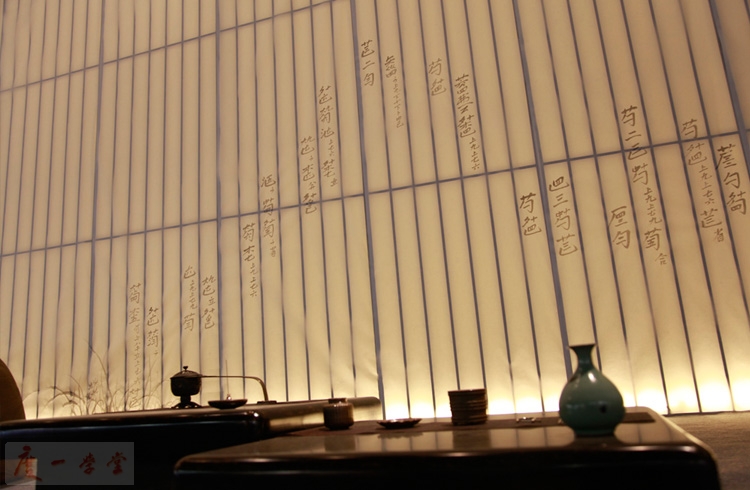
【香道】
所谓香道,就是通过眼观、手触、鼻嗅等品香形式对名贵香料进行全身心的鉴赏和感悟,并在略带表演性的程序中,坚守令人愉悦和规矩的秩序,使我们在那种久违的仪式感中追慕前贤,感悟今天,享受友情,珍爱生命,与大自然融于美妙无比的寂静之中。香,不仅芳香养鼻、颐养身心,还可祛秽疗疾、养神养生。
古人焚香是为了享受高雅,也是宫廷贵族们显示身份的象征。而在现代喧闹的都市生活中也需要这种动中求静的意境。在客厅里摆上香炉,焚一柱香,闭目养神,静静地感悟香气中带来的奇妙感受。熏香还有助于提神醒脑、消除疲劳,自己浮躁的心也会变得踏实。
The Way of Incense
“The Way of Incense” stands for the deep appreciation of incense through such ways as seeing, touching and smelling. During this performative process, pleasant and orderly procedures are observed so that in this ancient ceremonial atmosphere we can pay homage to virtuous people of past generations, gain insight into the present life, enjoy friendship, and calm our spirits in order to harmonize with nature. Incense is not only aromatic and good for one’s physical and mental health but also can remove toxins, cure illness and nourish the body and soul.
In ancient times, incense burning was not only an elegant enjoyment but also a status symbol for nobles. In modern boisterous urban life, the sentiment of seeking tranquility in the midst of bustling cities is needed: place a censer in the parlor, burn a stick of incense, sit in repose with your eyes closed, and enjoy in silence the wonderful feelings brought about by the fragrance. Incense can also refresh one’s mind, alleviate fatigue and pacify a restless heart.
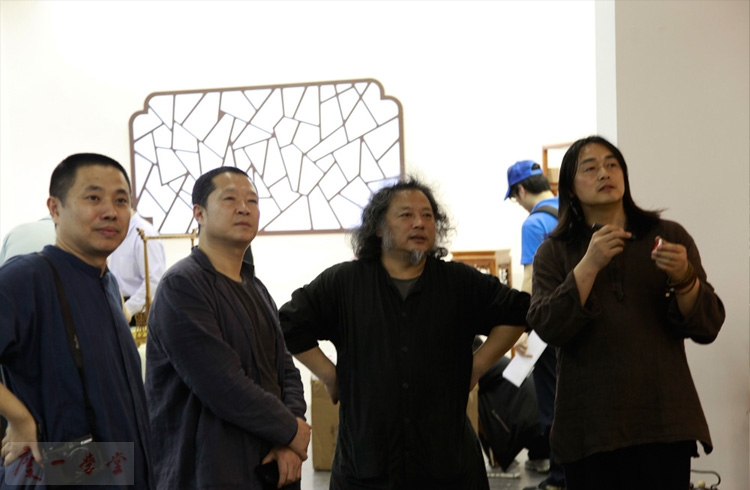
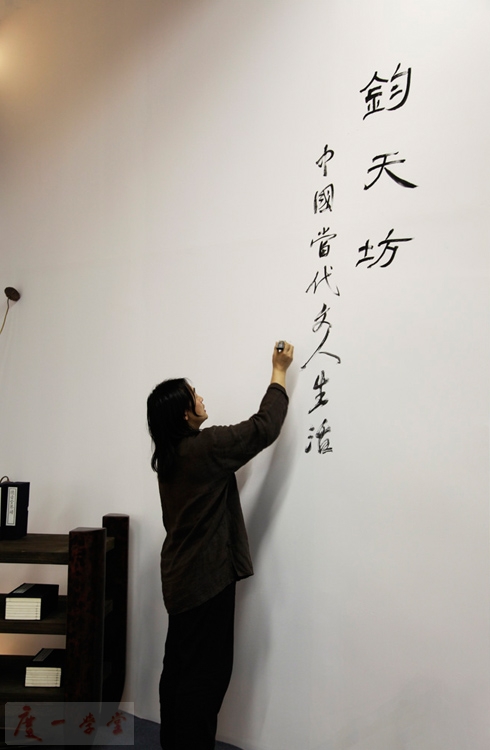
|